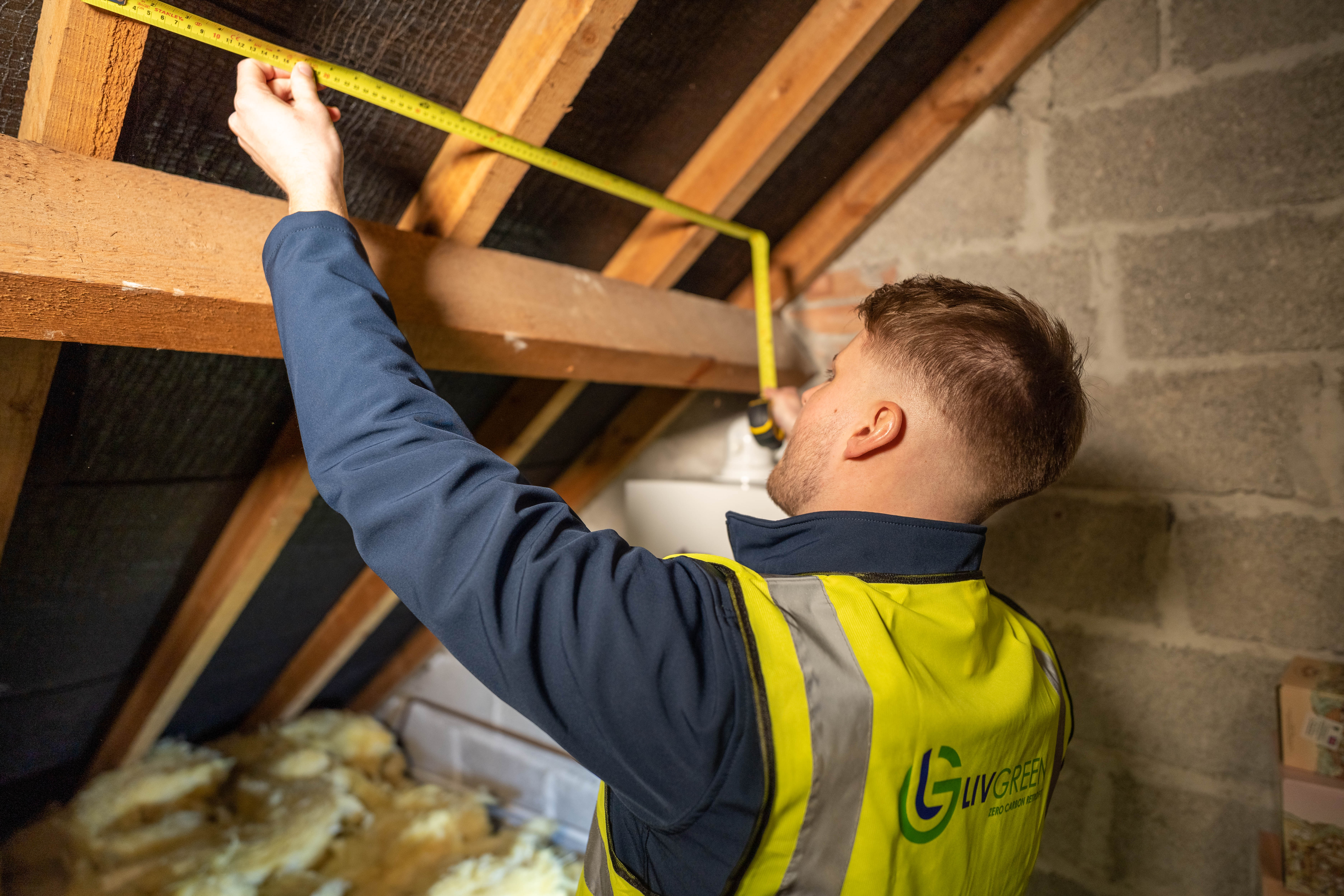
The UK government has set an ambitious target to achieve net-zero carbon emissions in the housing sector by 2050. This commitment involves transforming the way homes are built, renovated, and powered, aiming to significantly reduce the carbon footprint of the housing stock. Through innovative policies and technologies, the goal is to create energy-efficient, sustainable homes that contribute to the country's broader climate action efforts.
What is a Fabric first approach to Decarbonisation?
Retrofitting properties, the process of upgrading and renovating older buildings, plays a pivotal role in achieving net-zero energy consumption. Among the various strategies for retrofitting, the "Fabric First" approach has emerged as a game-changer. This approach focuses on enhancing a building's envelope, insulation, and ventilation systems to drastically reduce energy consumption and move towards net-zero emissions. In this blog, we'll delve into the concept of a Fabric First approach to net-zero retrofitting, its principles, benefits, and its role in shaping a more sustainable future.
Understanding the Fabric First Approach to Net Zero Retrofitting
The Fabric First approach to net-zero retrofitting involves improving a building's energy performance primarily through modifications to its physical fabric, rather than solely relying on advanced technologies and renewable energy systems. This approach emphasises minimising energy demand by enhancing the building envelope and employing passive design strategies.
Key Principles of the Fabric First Approach
Optimising Insulation: Retrofitting with a Fabric First approach starts with enhancing insulation in walls, roofs, and floors. High-quality insulation materials and techniques are used to prevent heat loss during winters and heat gain during summers.
Reducing Thermal Bridging: Thermal bridging occurs when heat easily escapes through areas with poor insulation, such as gaps around windows and doors. The Fabric First approach addresses these issues to ensure a continuous and effective thermal barrier.
Air-Tightness: Preventing unwanted air leakage is crucial for energy efficiency. By sealing gaps, cracks, and joints, the building's air-tightness is improved, reducing the need for excessive heating or cooling.
Passive Design Strategies: The principles of passive design, such as optimal solar orientation, natural ventilation, and shading, are integral to a Fabric First retrofit. These strategies harness natural elements to regulate temperature and lighting, minimising reliance on active systems.
Balanced Ventilation: While ensuring air-tightness, a Fabric First retrofit also incorporates balanced ventilation systems that maintain indoor air quality without compromising energy efficiency.
Benefits of a Fabric First Approach to Net Zero Retrofitting
Significant Energy Savings: A Fabric First retrofit can lead to substantial energy savings by reducing the need for artificial heating, cooling, and lighting. This, in turn, contributes to achieving net-zero energy consumption.
Long-Term Impact: Unlike technology-centric retrofits that might require frequent updates, a Fabric First approach sets a solid foundation for sustained energy efficiency, resulting in lasting benefits.
Cost-Effectiveness: While the upfront costs of a Fabric First retrofit might still be significant, the long-term operational savings on energy bills and maintenance costs often outweigh the initial investment.
Enhanced Comfort: Improved insulation, air-tightness, and passive design strategies enhance occupant comfort by maintaining consistent indoor temperatures and reducing drafts.
Reduced Carbon Emissions: A building's energy consumption is directly linked to its carbon emissions. By significantly reducing energy demand, a Fabric First retrofit contributes to lowering a building's carbon footprint.
Challenges and Considerations
Implementing a Fabric First approach to net-zero retrofitting may face challenges such as initial costs, availability of skilled professionals, and adapting to new construction methodologies. However, with increasing emphasis on sustainability and net-zero targets, the benefits far outweigh the challenges.
Conclusion
The Fabric First approach to decarbonisation represents a fundamental shift in how we think about designing and constructing buildings. By prioritising energy efficiency, passive design, and sustainable materials, this approach has the potential to significantly reduce carbon emissions associated with the built environment. As we continue to navigate the challenges of climate change, adopting the Fabric First approach can play a pivotal role in creating a more sustainable, resilient, and greener future.

.png)
Leave Your Comment Here